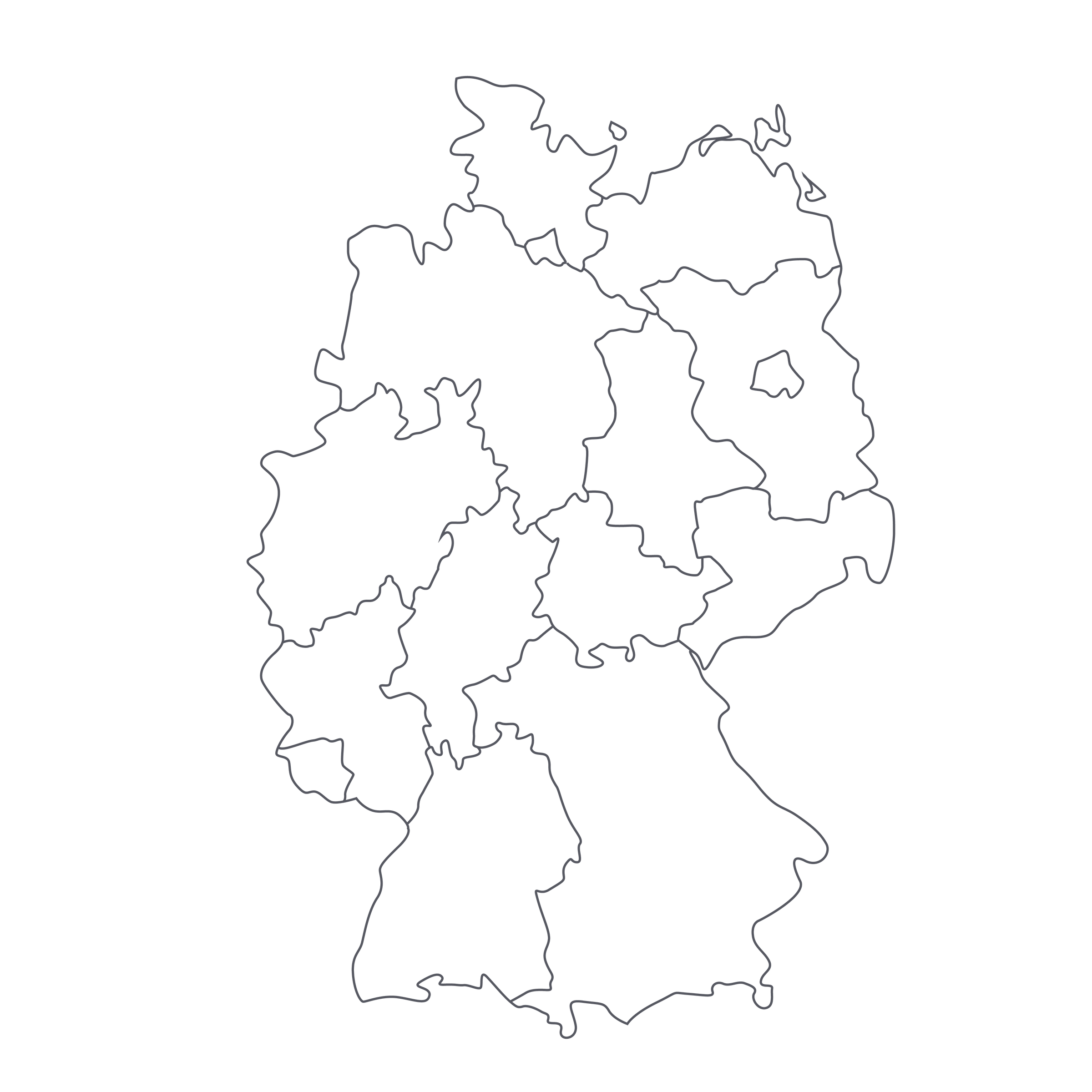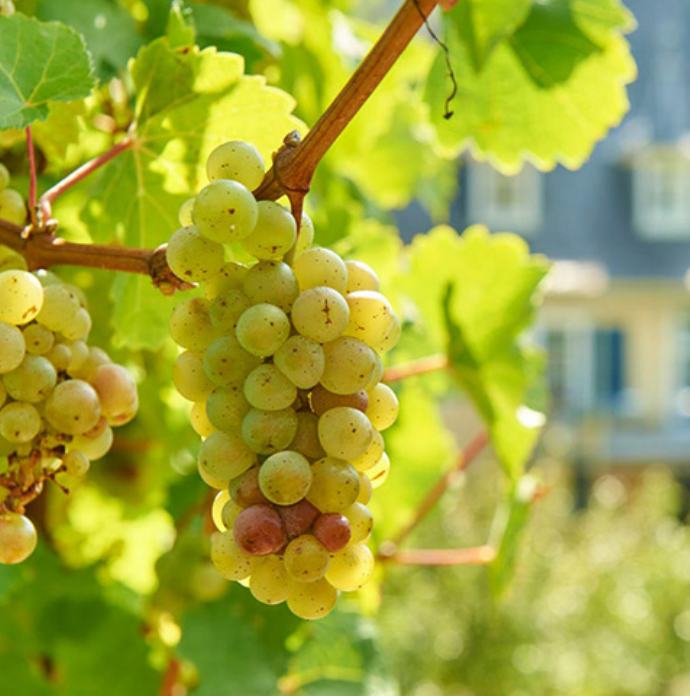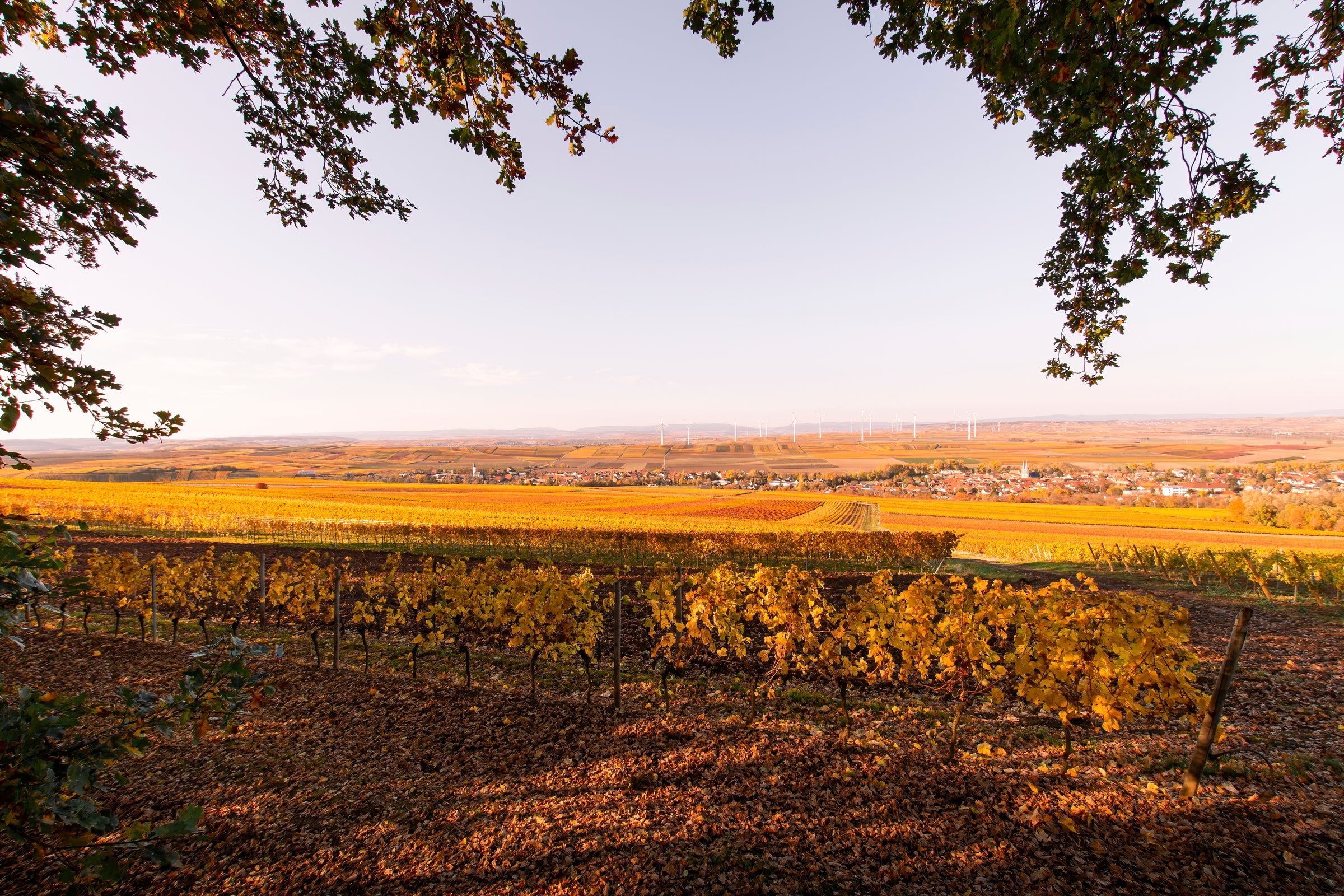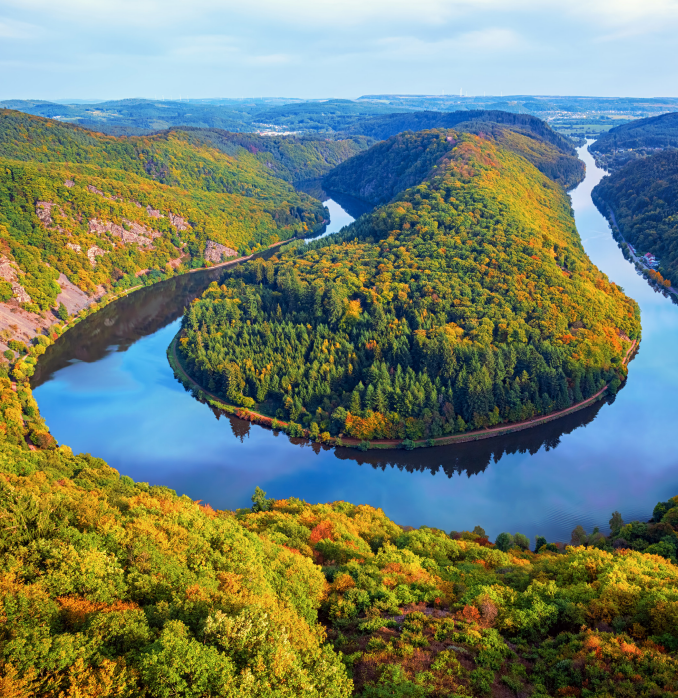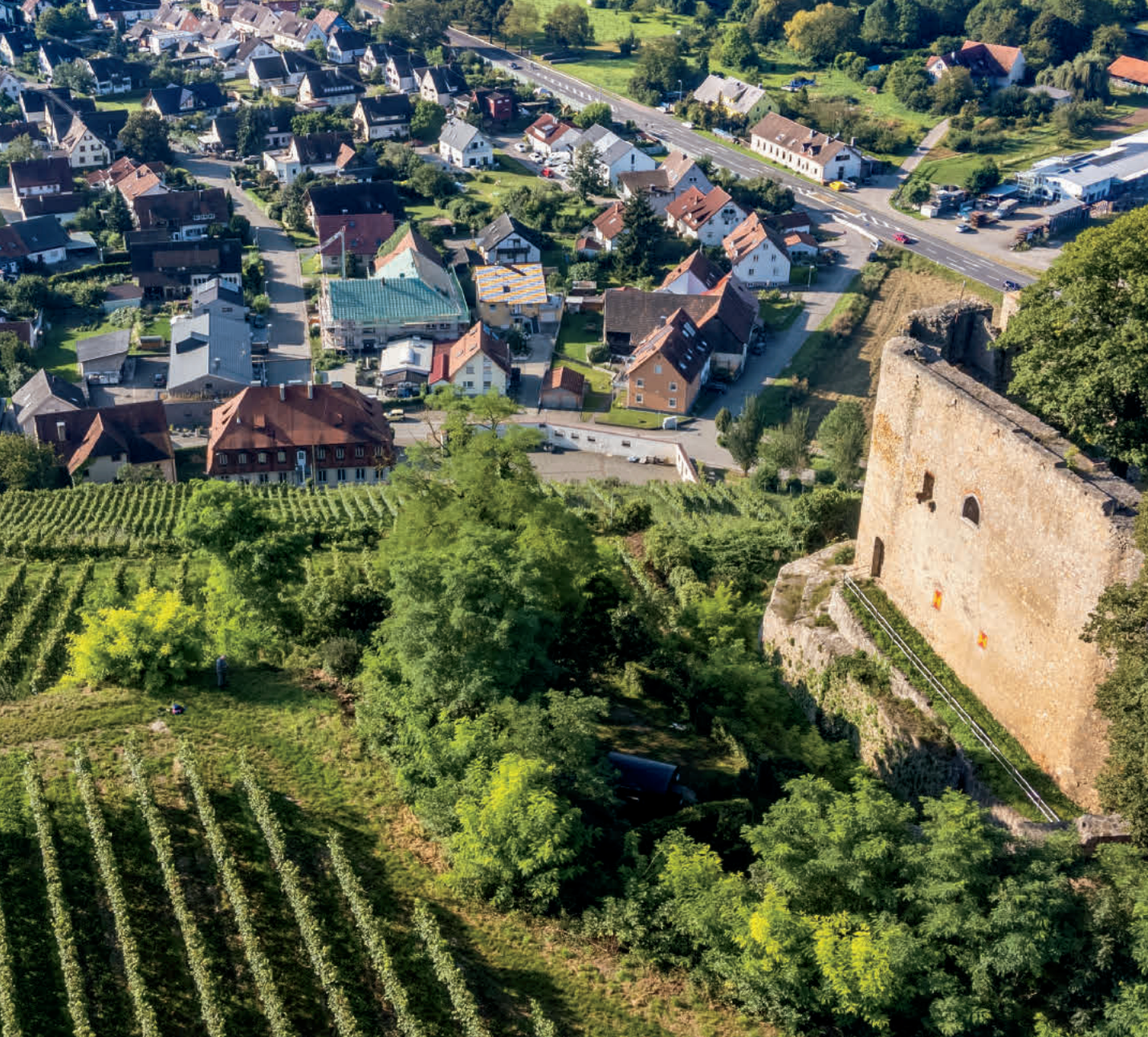People well-versed in German wines know that “Westhofen” is a renowned village prolific in Grand Cru, or
Grosse Lage, vineyards like “Morstein,” “Aulerde,” “Kirchspiel,” and “Brunnenhäuschen.” Today, two of these elite sites are bottled up in one beautiful package. These high-in-demand sites produce the rarefied ‘GG’ (
Grosses Gewächs) dry wines that have taken the sommelier world by storm and, subsequently, they’ve soared in price. People cannot keep their hands off these savory, mineral gems—and who’s to blame them?
These wines are Grand Cru by any standard, and when it comes to intricate complexity, perfumed aromatics, and cellar appeal, they can compete against any label, at any price. Still, you won’t find ‘GG’ or the two source vineyards (Morstein and Brunnenhäuschen) mentioned on the label, simply because of wine politics. Wittmann expertly blended together two Grand Cru sites and produced an extraordinarily profound, bone-dry Riesling—from our viewpoint, that’s a ‘GG’ through and through! So, if you’re into experiencing what are currently among the hottest, most sought-after wines in the market, this affordable bottle will make you feel like a true insider. It may not have the buzzwords on the label (neither does Keller’s rare “G-Max,” the world’s most expensive dry Riesling), but that’s what makes Wittmann’s “Westhofener” such an exciting, undercover offer. Hurry up and take a few—it won’t last long!
Fifteen generations and 350+ consecutive vintages—that’s the history behind today’s legendary producer, Wittmann. A winegrowing family in the village of Westhofen since 1663, they are one of the greatest time-honored names in Germany and their stunning lineup of wines proves it. In modern history, however, they’ve soared to new levels, especially in the sustainability department: Wittmann was on the forefront of organic and biodynamic farming, converting to both in 1990 and 2004, respectively. As they say on their website: “There is no substitute for manual labor.” With this and the village’s ancient soils, their wines are shining brighter than ever before.
Now, to the vineyards that make up today’s delicious Riesling: Morstein and Brunnenhäuschen. They are both classified as Grosse Lage sites (Germany's version of Grand Cru) and sit adjacent to each other just northeast of Westhofen. Morstein was the first documented vineyard of Westhofen, having first been mentioned in 1282, and it enjoys intense sun exposure. On its eastern border is Brunnenhäuschen, which has striking differences despite its proximity. Here you’ll find higher elevations and fiercer winds, which keeps the site much cooler than Morstein. Blend the two together and you’re in dry, Grand Cru Riesling heaven (even if they’re not allowed to put it on the bottle).
Both sites were hand-harvested and sorted in 2016, after which the grapes were gently pressed and naturally fermented before the wine descended into a cellar 20 feet below via gravity. This subterranean haven—built in 1829—houses 80 large casks, the oldest of which is 130 years old! Here, the wine goes to rest until the final blending and bottling.
Wittmann’s 2016 “Westhofener” flaunts a brilliant yellow-gold core and instantly springs to life with assertive notes of apricot, grapefruit, Asian pear, mango peel, candied citrus, and Kaffir lime. Despite all there is to love right out of the gates, I strongly urge you to either wait another year before pulling the cork or allow a minimum one-hour decant in order to unlock the full range of aromatics. With time, white flowers, honeysuckle, white flowers, saffron, a fine mineral saltiness, crushed stones, and a hint of petrol emerge—but they won’t fully blossom until the wine tacks on additional age! The palate is über-fresh and laser sharp, bursting with intense minerality and pure citrus/tropical/tree fruit. Mouthwatering acidity only serves to lengthen an already long, savory, and crystalline finish—which further speaks to the wine’s aging potential. Should you store it properly, this 2016 will age one or two more decades, with its prime drinking window arriving in the next 3-5 years. Like any Grand Cru-level wine, this can match up with sundry dishes so there’s no need to overanalyze. We went with freshly prepared halibut cheeks, but opted for a grill. Cheers!


